I wore every Apple Watch for a week while fitness training and here are 5 surprising things I learned
Do you need the Watch Ultra 2 or is the Watch SE more than sufficient for exercise tracking?
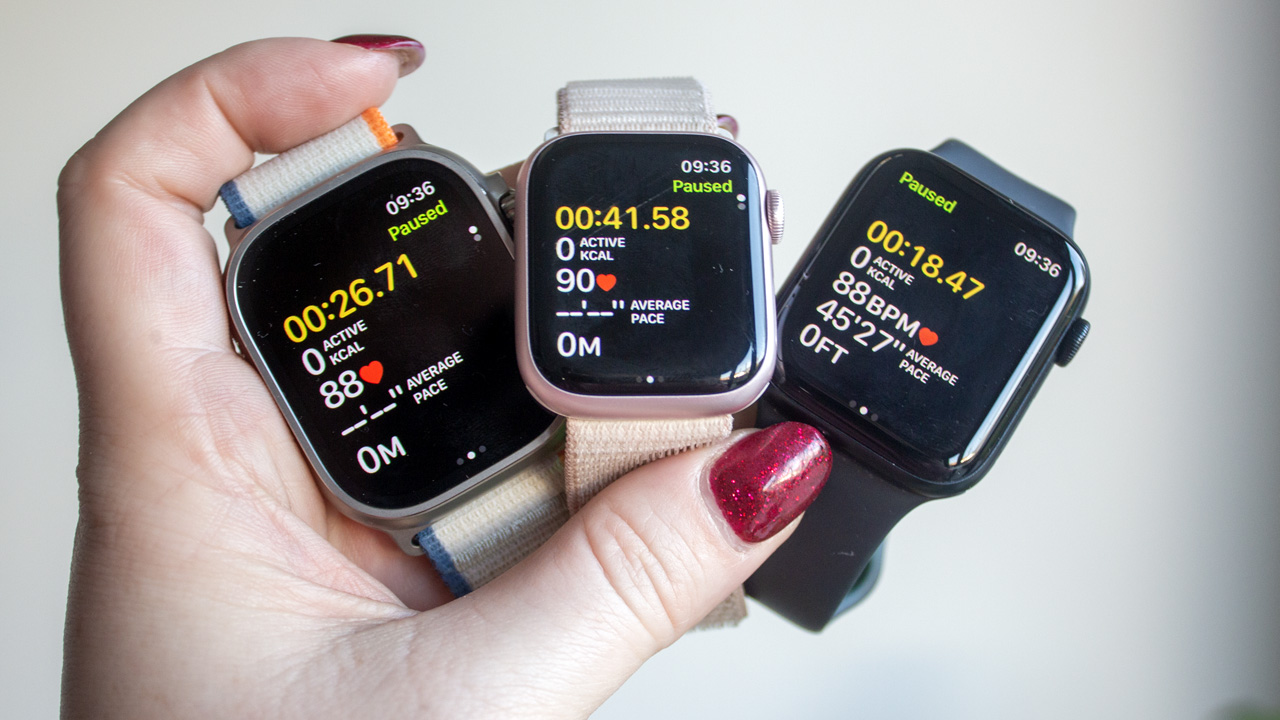
When the Apple Watch first launched in 2015, it was more of a fashion accessory than a health and fitness device. There was also just one model which came in two sizes and that was that. The only decision you really had to make was whether you wanted the 38mm or 42mm variant and what pricey strap you were going to pair with it.
That's not the case anymore though. There are now not only three models to decide between, but they all offer a slightly different experience and at significantly different price points too. I wore all three for a week whilst working out to see whether you really need the top dog Watch Ultra 2 or whether the humble Watch SE does just fine. Here's what I learned.
The Watch Ultra 2 and Series 9 respond quicker to HIIT
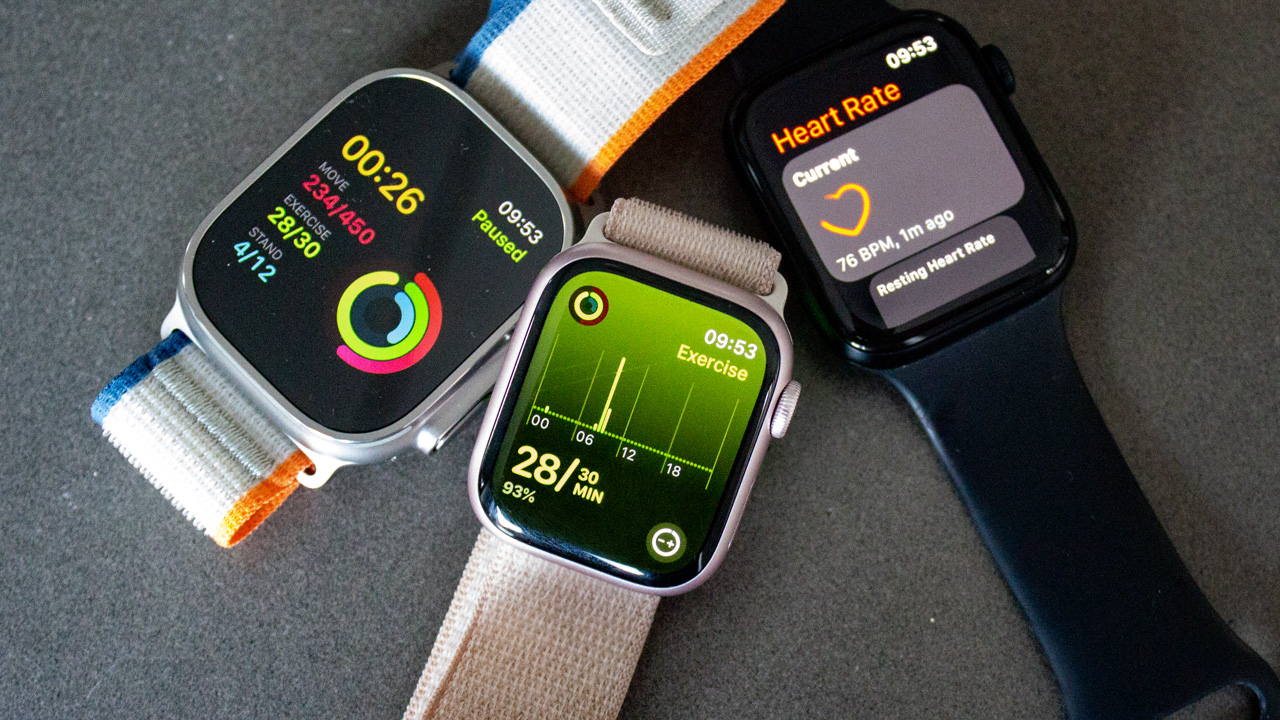
If you're someone who enjoys (perhaps the wrong choice of word) high intensity interval training – or HIIT as it is more commonly known – then you'll probably have learned not all fitness devices are created equal and not all can track this form of exercise particularly well. The quick changes in heart rate mean that unless you have quite an advanced tracker on your wrist (chest straps are better here), you may notice a delay in it registering the peaks and troughs of your heart rate as you move through intervals.
Both the Apple Watch Series 9 and the Watch Ultra 2 are very fast to respond to these heart rate changes in my experience however – likely thanks to a combination of the new S9 SiP and the third generation optical heart rate sensor they both offer. Meanwhile, the Watch SE was a little slower by a couple of seconds, but in HIIT, those seconds count. That's not to say the cheaper model isn't capable at tracking HIIT workouts as it most definitely is, but if you want a near enough instantaneous response to your heart rate changes, it's the Series 9 or Watch Ultra 2 you'll want.
The most expensive models aren't always necessary
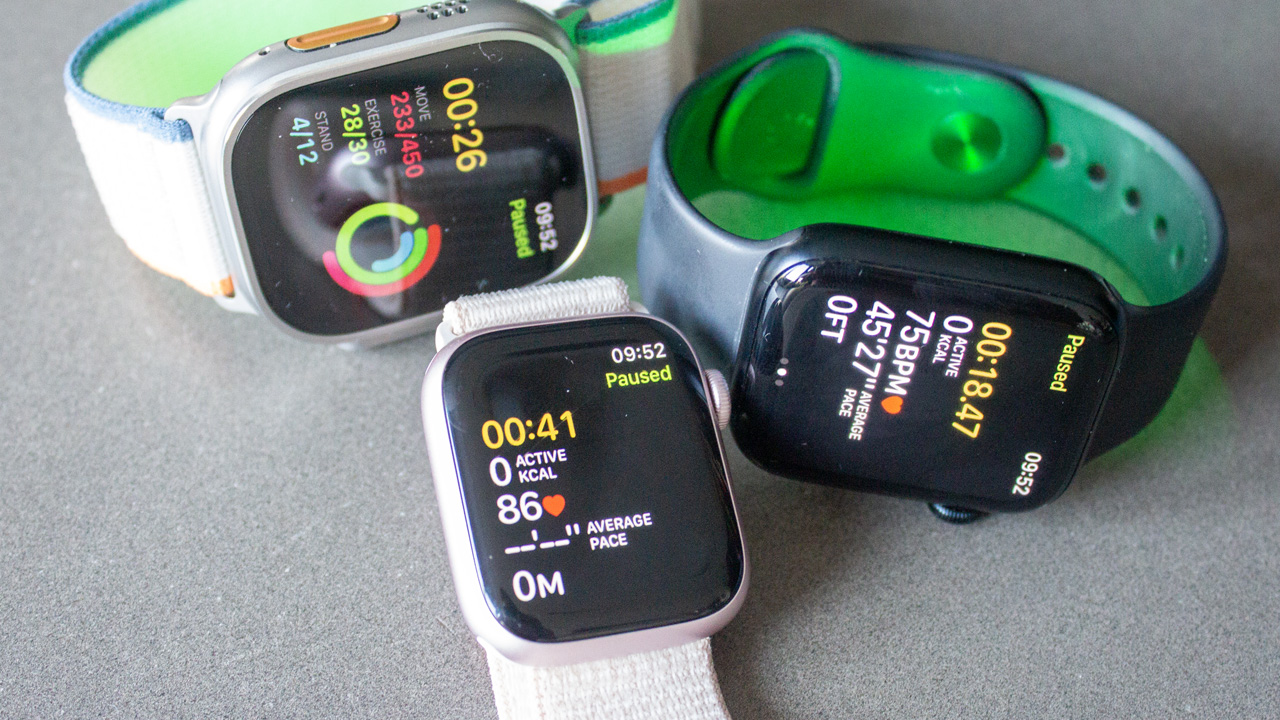
Remember GymKit? It was a feature Apple launched way back in 2017 so it's certainly not new but it is hugely underrated, especially if you go to a gym with machines that support it. GymKit has been replaced by third party services in some cases – though it's not entirely redundant – and whether you use GymKit or a third party service, the premise is the same: you can easily connect your Apple Watch for better two-way metrics. I have a Peloton Bike+ at home and that model has GymKit, which is the reason I bought it over the standard Peloton Bike.
The best thing about GymKit and other third party services is that you don't need to have the Watch Series 9 or Watch Ultra 2 to use them. The Watch SE is also compatible so you can just tap your watch against compatible gym equipment (once set up) – or something like the Peloton Bike+ – and metrics like your heart rate plus distance and speed transfer between the machine and your watch. This gives you accurate calories burned and heart rate training zones for a better view of how much work you've actually done rather than an estimate.
It doesn't matter what model you have for the basics
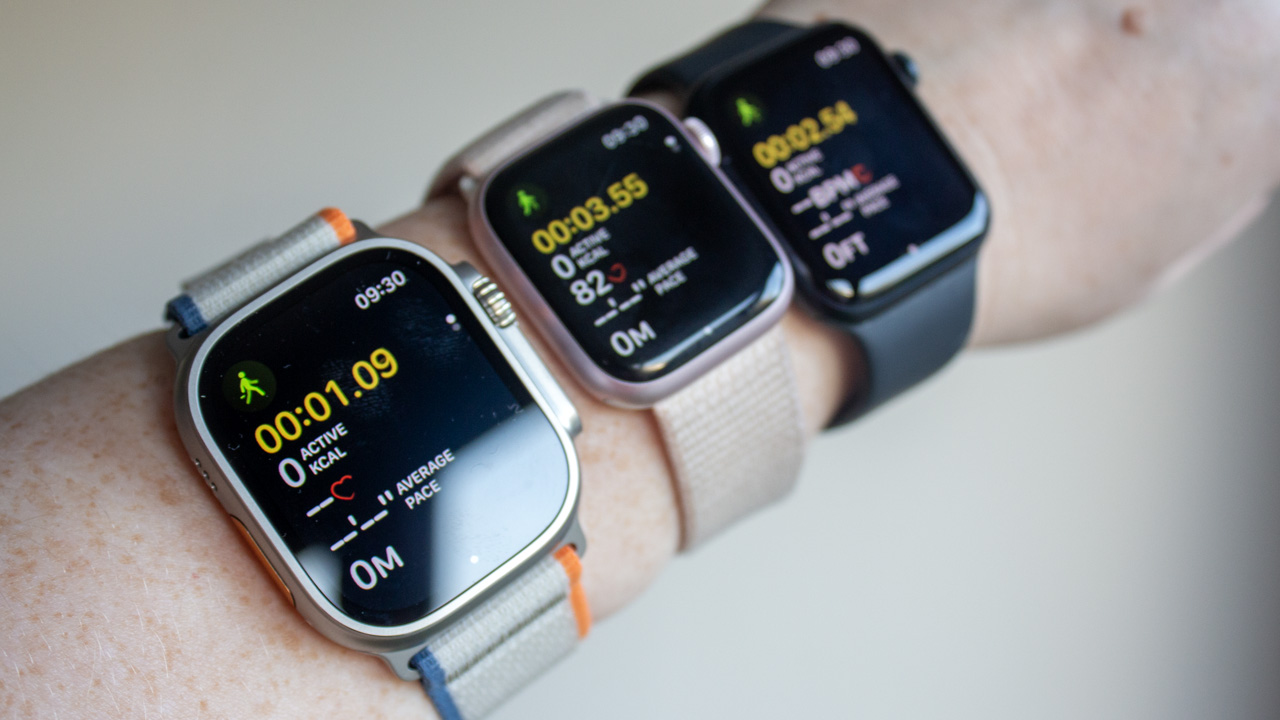
There are certainly benefits to investing in the Apple Watch Series 9 or the Watch Ultra 2 – especially in the case of more extreme sports. The Watch Ultra 2 has double the water resistance (100m) of the Watch Series 9 and the Watch SE for example, as well as being compliant for diving, but if you're just doing some laps at your local pool, all Apple Watch models track the same metrics. The same can be said for other workout types too. Whether it's an outdoor walk, an indoor run, a dance class or Pilates, the Watch SE, Watch Series 9 and Watch Ultra 2 all offer up the same interface, the same detail and the same stats.
Master your iPhone in minutes
iMore offers spot-on advice and guidance from our team of experts, with decades of Apple device experience to lean on. Learn more with iMore!
Take something as simple as an outdoor walk for example, the Watch SE, Watch Series 9 and Watch Ultra 2 all offer up time, distance, active calories, elevation gain and heart rate. All three Apple Watch models have built-in GPS too and while the Watch Ultra 2 offers precision dual-frequency GPS (L1 and L5) for more accurate data compared to the Watch Series 9 and Watch SE, this doesn't matter for a walk around the block. If you're a hiker, or you like a bit of adventure then that's a slightly different story, but for most of us, the Watch SE will more than suffice.
Consider whether you workout indoors or outdoors
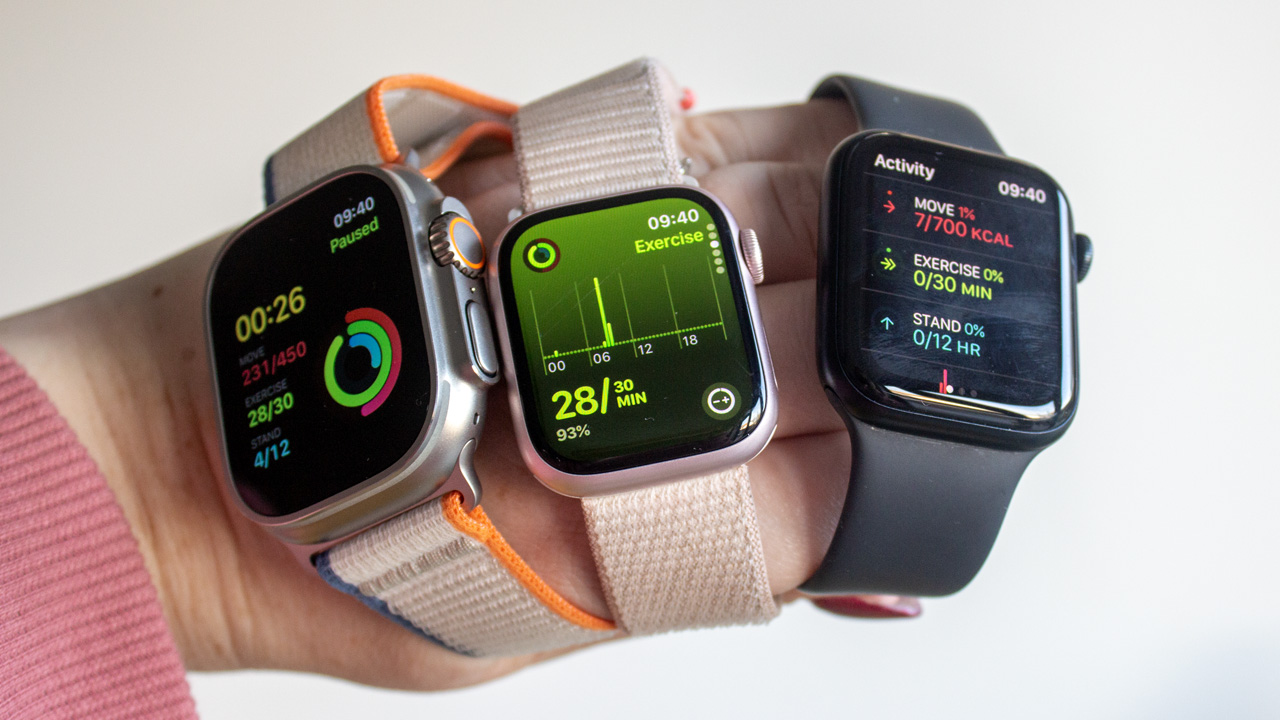
While the Watch SE is more than capable at offering superb fitness tracking without the extra bells and whistles you may never use, there is one area where the Watch Series 9 and (especially) the Watch Ultra 2 – are superior: outdoor workouts. Now I'm not talking about the sensors because as I mentioned, I got the same maps and same data from all three models whichever device I looked at. When the sun is shining though, the extra brightness on the Watch Series 9 is noticeable compared to the Watch SE. This is even truer for the Watch Ultra 2 that has triple the brightness of the Watch SE so if you are someone that loves an outdoor run or walk, you'll benefit from the Watch Series 9 or Watch Ultra 2 when that winter sun appears.
It's also worth mentioning that these models will be helpful when skiing or surfing too as while I didn't manage to get to the slopes or ride any waves with these three watches on, the reflection from the snow and water will mean a brighter display is beneficial. When it comes mountains, the Watch Ultra 2 also offers higher altitude support than the other models so that's worth keeping in mind too.
Sleep tracking is great across all models
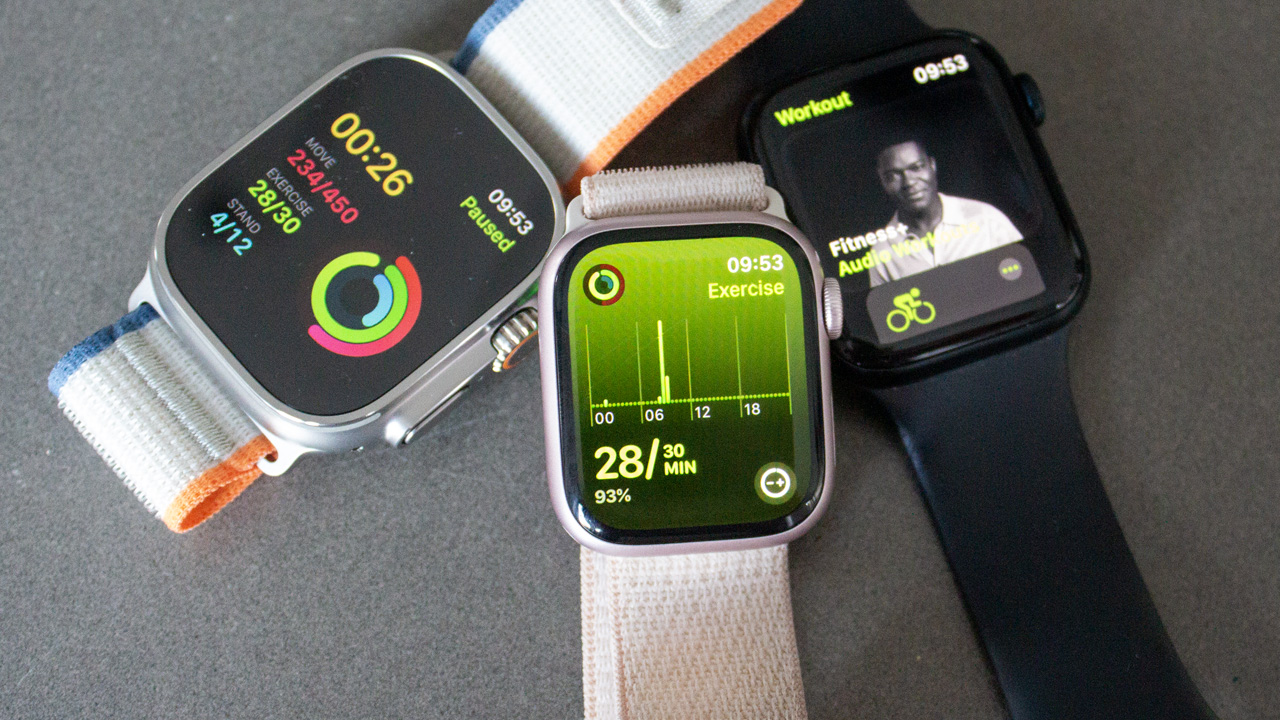
Yes, I am talking about training overall here but sleep should be part of your training because without it, you're not going to be able to do that run or cycle to the best of your ability. Learning how well (or not well) you've slept, can help achieve your fitness goals too so it's something that's worth keeping an eye on. As with standard fitness and workout tracking, the Watch SE is as capable as the Watch Series 9 and Watch Ultra 2 when it comes to sleep tracking. You get almost all the same data across all three models.
There are extra sensors on the Watch Series 9 and Watch Ultra 2 for tracking blood oxygen (how much oxygen your red blood cells carry around your body) and they also have a body temperature sensor for tracking ovulation in women, which can be helpful, but the main sleep data is there across all models. You can therefore see heart rate, time awake, time in light sleep, time in deep sleep, time in REM (dreaming) and respiratory rate no matter what Apple Watch you have.
Conclusion: The Watch SE is more than enough for most
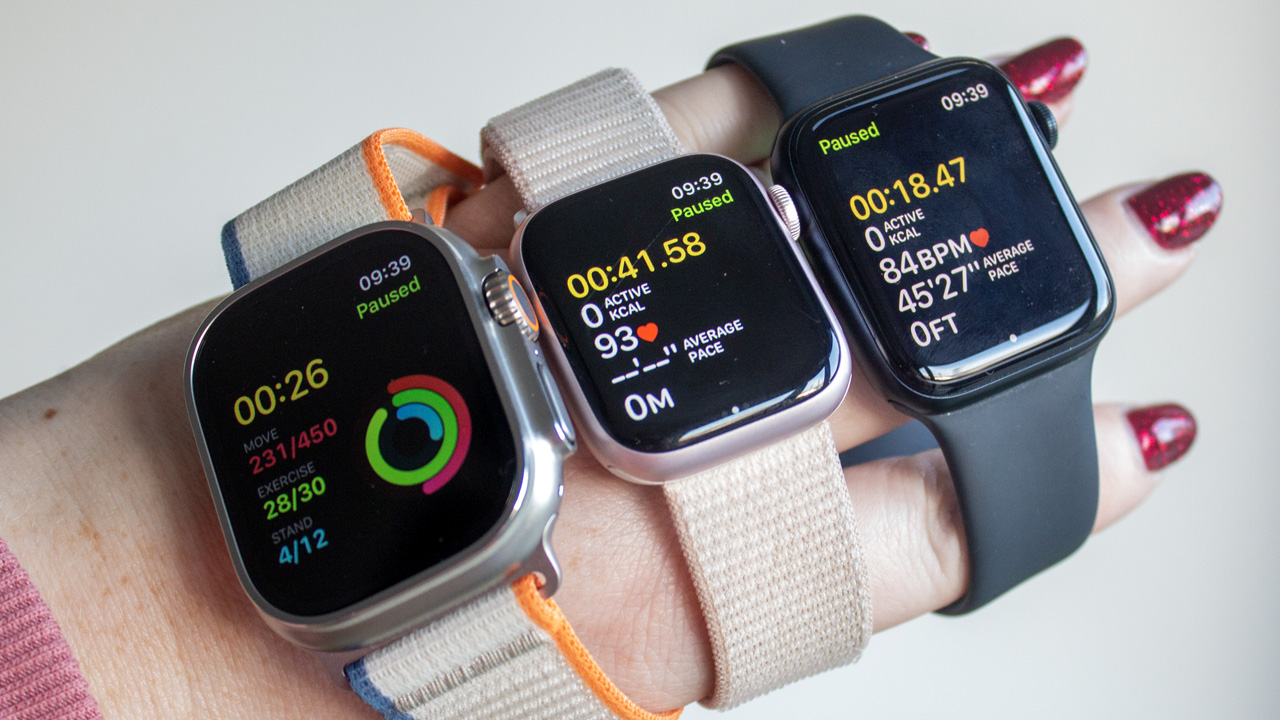
The Apple Watch Ultra 2 and Watch Series 9 most certainly have their advantages, especially in the case of the Watch Ultra 2 with its larger display and extra elements, like dual-frequency GPS and 100m water resistance. What I learned from wearing all three for a week to train however, is that the Watch SE really is more than sufficient in pretty much every area when it comes to tracking exercise and workouts. Being able to monitor blood oxygen levels is useful if you are planning on climbing mountains for example, but for day-to-day, it's a nice to have metric and not a necessary one.
With the same software, same access to some excellent health and fitness third party apps and the ability to track the same metrics for most workouts, the Watch SE delivers everything most people need and more, with the Watch Series 9 and Watch Ultra 2 merely adding a cherry to an already great cake.
More from iMore
- The 50 best Apple Watch apps
- Apple Watch Ultra 2 vs Apple Watch Ultra: Worth an upgrade?
- Apple Watch Series 9 vs Series 8: What's new for Apple Watch?

Britta is a freelance technology journalist who has been writing about Apple and tech for over a decade. She's covered everything from phones, tablets and wearables to smart home and beauty tech, with everything in between, and she's reviewed every Apple product to launch in the last few years. She has a fashion journalism degree from London College of Fashion and was previously deputy editor of Pocket-lint. You'll never find her without her Apple Watch on, aiming to complete her rings so she can justify the extra bar of chocolate and she loves a good iPhone trick.
